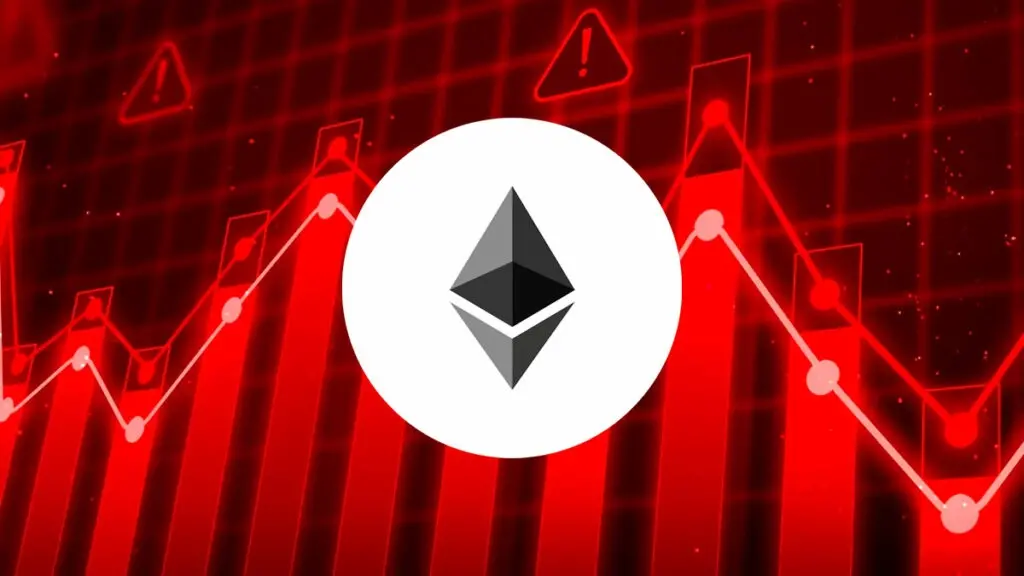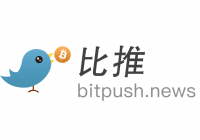Aster CEO explains in detail the vision of Aster privacy L1 chain, reshaping the decentralized trading experience
Aster is set to launch a privacy-focused Layer 1 (L1) public chain, along with detailed plans for token empowerment, global market expansion, and liquidity strategies.
Original source: Aster
The decentralized derivatives trading platform Aster held a community AMA event titled "Aster's Roadmap Unfolds: Milestones, Missions, And The Future" simultaneously on Discord and X (formerly Twitter) at 1:00 PM UTC on November 10.
This event was hosted by Ember, Aster's Head of Partnerships, with Aster CEO Leonard as the core guest. In a one-hour in-depth conversation, Leonard not only reviewed the platform's recent milestone achievements but also focused on thoroughly disclosing to the global community Aster's upcoming privacy-focused Layer 1 (L1) public chain plan. He also engaged in open and in-depth discussions with the community on key topics such as token utility, global market expansion, and liquidity strategies.
From Functional Innovation to Market Breakthrough
Leonard first reviewed Aster's technical iterations and market performance over the past few months. As an industry veteran with a traditional finance background who has worked on building stock trading risk engines, Leonard emphasized the Aster team's efficient execution in technology implementation.
He stated that Aster has recently successfully launched several core features, including hidden orders, a new buyback system, spot trading, and stock & index perpetual contracts.
Meanwhile, the platform has not only launched the "Rocket Launch" launchpad program but also initiated the fourth phase of its airdrop campaign. Leonard said, "Every step Aster takes has been greatly reshaped by the voice of the community. We hope to give back value to our supporters through these tangible product deliveries."
Building a Privacy-Driven High-Performance L1 Public Chain
The highlight of this AMA was undoubtedly Leonard's in-depth explanation of the vision for the Aster Layer 1 public chain. In response to the community's question, "Why not continue as a pure DEX, but instead choose to develop an independent L1?" Leonard stated, "Our mission is to completely rebuild the centralized exchange (CEX) experience on-chain."
Leonard bluntly stated that current general-purpose blockchains are not designed for the ultimate trading experience, and Aster needs a blockchain that can embed order book logic directly into the protocol layer. However, he also raised an industry pain point: is a fully transparent on-chain order book (such as the Hyperliquid model) really the ultimate solution?
Leonard cited recent industry discussions about how excessive transparency in Perp DEXs leads to ineffective trading strategies and makes traders vulnerable to attacks, and revealed that Aster quickly launched its hidden order system just 10 days after these discussions began. He emphasized, "Privacy is a fundamental right. For many professional traders and institutions, being able to protect or avoid leaking their trading signals through a public order book is key to the effectiveness of their strategies."
The design philosophy of Aster L1 is similar to Zcash, aiming to solve institutional traders' pain points by combining a high-performance CLOB (Central Limit Order Book) blockchain with privacy options. The Aster public chain plans to complete internal testing by the end of this year and is expected to officially launch its mainnet in Q1 2026.
Regarding L1's performance and economic model, Leonard revealed that Aster L1 will offer TPS comparable to centralized databases, but its real killer feature lies in the differentiated value brought by the "privacy option." In terms of the economic model, L1 will achieve near-zero gas fees and incentivize validators and stakers through ecosystem allocation and protocol-generated trading fees, building a self-sustaining economic loop.
Token Utility
On the issue of $ASTER token utility, which the community is most concerned about, Leonard provided a clear timeline and application scenarios during the AMA. He promised that in the next two quarters, the team will focus on implementing specific token utilities.
Currently, fee discounts, airdrop rights, and VIP tiers have already been launched. With the launch of L1, staking and governance will become the core utilities of the token. Leonard explained in detail that the staking function is expected to go live simultaneously with L1, with validators maintaining network security and earning rewards, while token holders can share rewards and participate in community governance through delegated staking.
In addition, to provide value before L1 goes live, Aster is exploring cooperation with lending protocols (such as Lista and Venus) to create additional returns for ASTER token holders through the "Trade & Earn" model. Leonard emphasized, "These utilities are independent of the chain launch and are designed to provide continuous value capture for long-term holders."
Competing with CEXs
When discussing liquidity and the introduction of institutional funds, Leonard demonstrated his macro perspective as a former traditional finance professional. He believes that Aster's competitors are not other Perp DEXs, but the still-dominant centralized exchanges.
"Institutions adopt new technologies slowly, with capital security and risk control as their primary concerns. But after the FTX incident, everyone realized that 'self-custody' can fundamentally reduce counterparty risk," Leonard analyzed. Aster, by offering highly capital-efficient "Trade & Earn" designs (such as supporting USDF as collateral), enables institutions to achieve considerable incremental returns when operating with large-scale funds.
Regarding liquidity building, Leonard stated that Aster has significantly improved the depth of major assets such as BTC, ETH, and SOL through its Market Maker Program. Next, incentives will be tilted toward long-tail assets to improve the trading experience of smaller tokens, and more liquidity providers are welcome to join.
Ecosystem Expansion
On global expansion, Leonard revealed in his response that Aster has established a solid foundation in the Asian market, and successful cooperation in the Korean market has provided a replicable model. Currently, the team is actively entering Western European and North American markets by hosting offline events in New York with partners such as BNB Chain and recruiting local talents familiar with local cultures to build trading products that suit local user habits.
At the asset level, Aster has launched the "Rocket Launch" launchpad, which provides liquidity support specifically for early-stage projects in the Pre-TGE phase; for Post-TGE projects, it guides liquidity through customized trading activities. Leonard emphasized, "We are not just a trading platform, but also a discoverer and booster of high-quality early-stage assets."
Q&A Session
In the final session of the AMA, Leonard gave quick answers to specific technical details that the community was concerned about:
On the multi-asset margin model: Leonard made it clear that the current focus remains on USDT-margined and multi-asset cross-collateral models. Coin/Inverse margin contracts are on the roadmap but will be launched after the current system is improved.
On the exact L1 timeline: The team has set an ambitious goal to have the testnet ready by the end of 2025 or early 2026, with the mainnet launch window locked in for Q1 2026.
On the buyback and burn mechanism: Aster has already executed buybacks on the open market to ensure transparency. In the future, this mechanism will migrate to Aster L1, where the size, price, and account of each transaction will be traceable on-chain, eliminating front-running risks and gradually evolving into a programmatic stabilization mechanism.
Disclaimer: The content of this article solely reflects the author's opinion and does not represent the platform in any capacity. This article is not intended to serve as a reference for making investment decisions.
You may also like
Boxing champion Andrew Tate's "Going to Zero": How did he lose $720,000 on Hyperliquid?
Andrew Tate hardly engages in risk management and tends to re-enter losing trades with higher leverage.

New Beginnings in the Darkest Hour: Is the Dawn of Bitcoin in 2026 Already Visible?
Risk assets are expected to perform strongly in 2026, and bitcoin is likely to strengthen as well.

Ethereum at a Crossroads: Quantum Threat Approaches, Wall Street Capital Exerts Dual Pressure
This battle between technology and human nature will determine whether Ethereum ultimately becomes the fintech backend for Wall Street or serves as the public infrastructure for digital civilization.

$1.3 million in 15 minutes, the ones who always profit are always them

